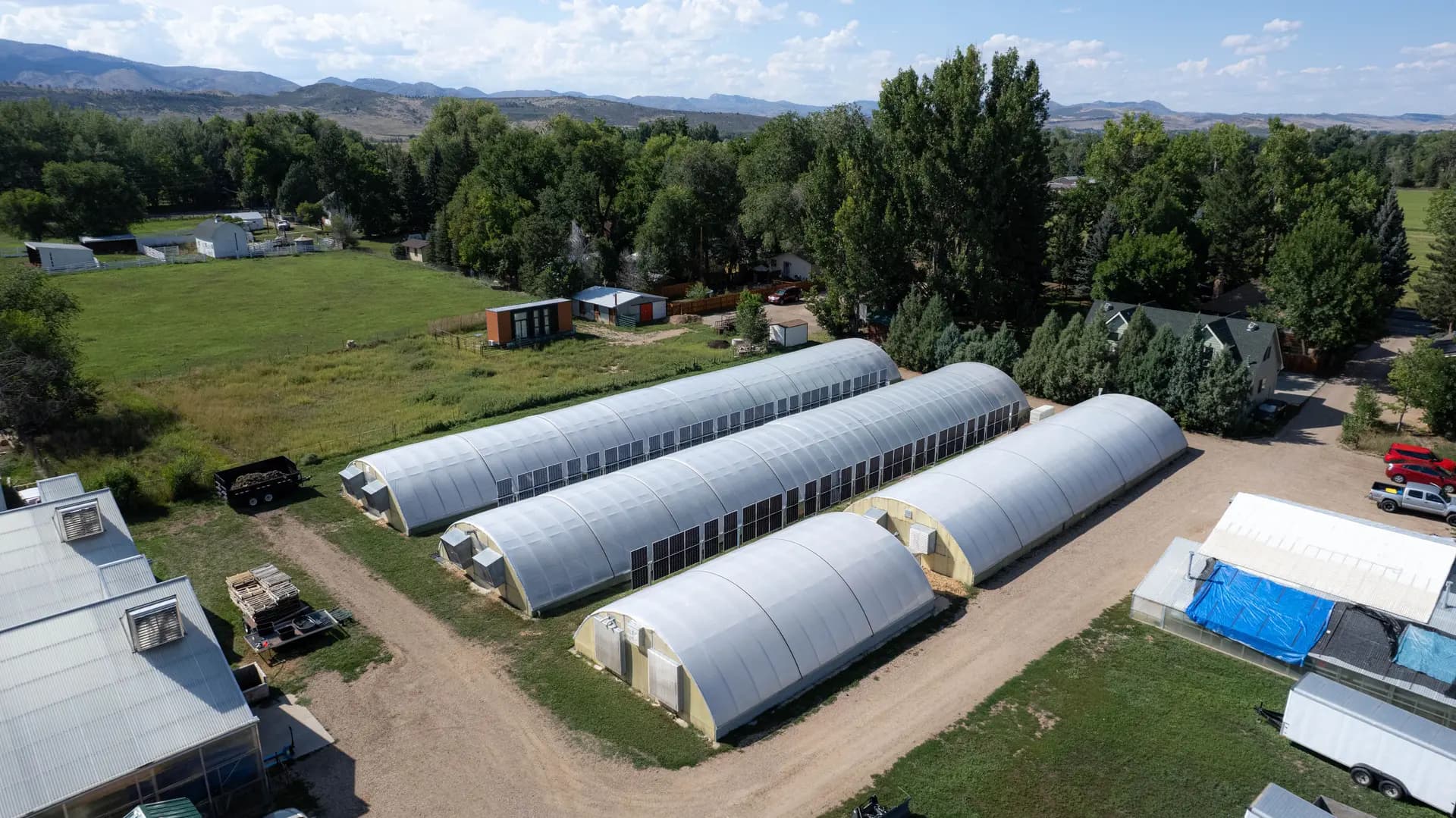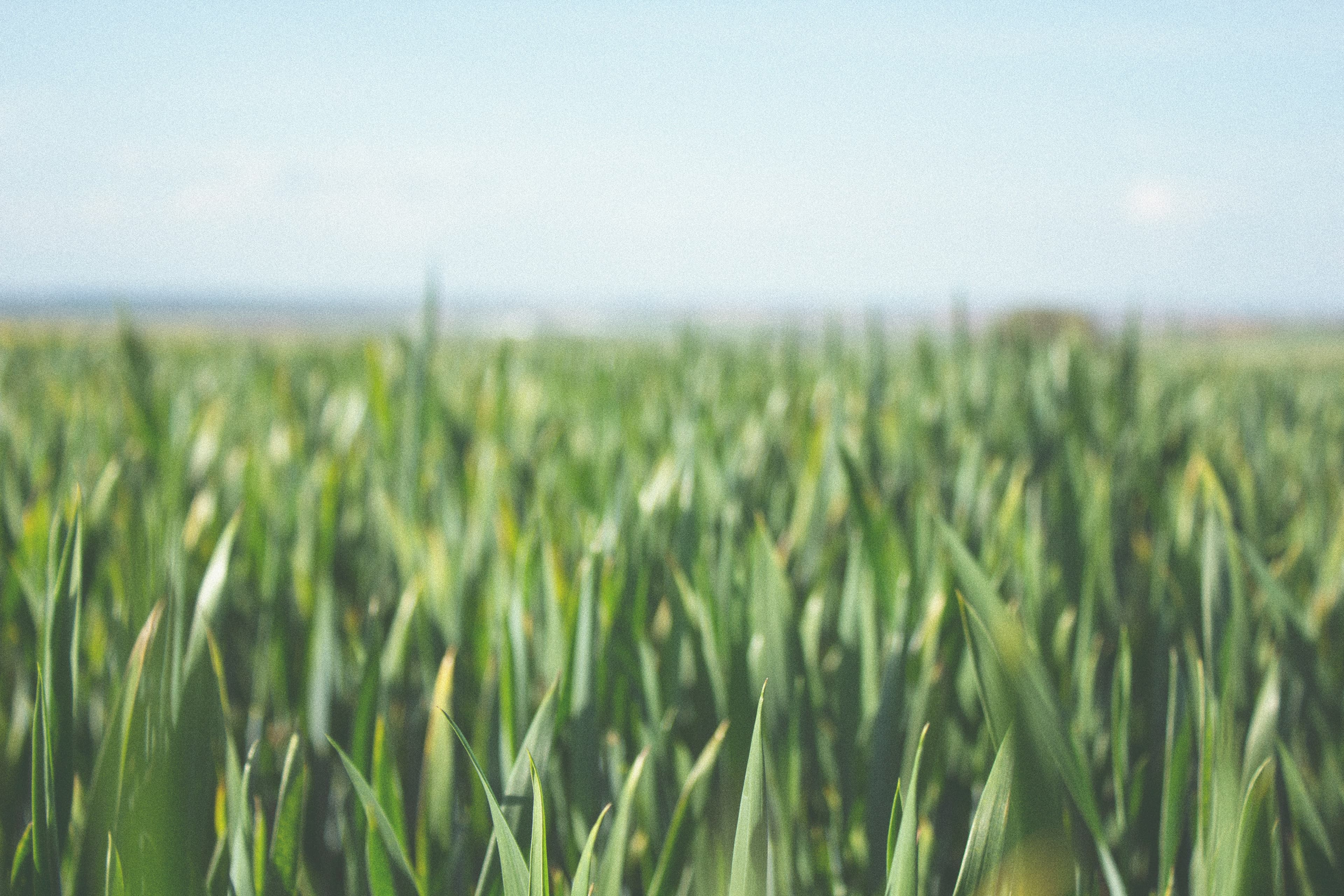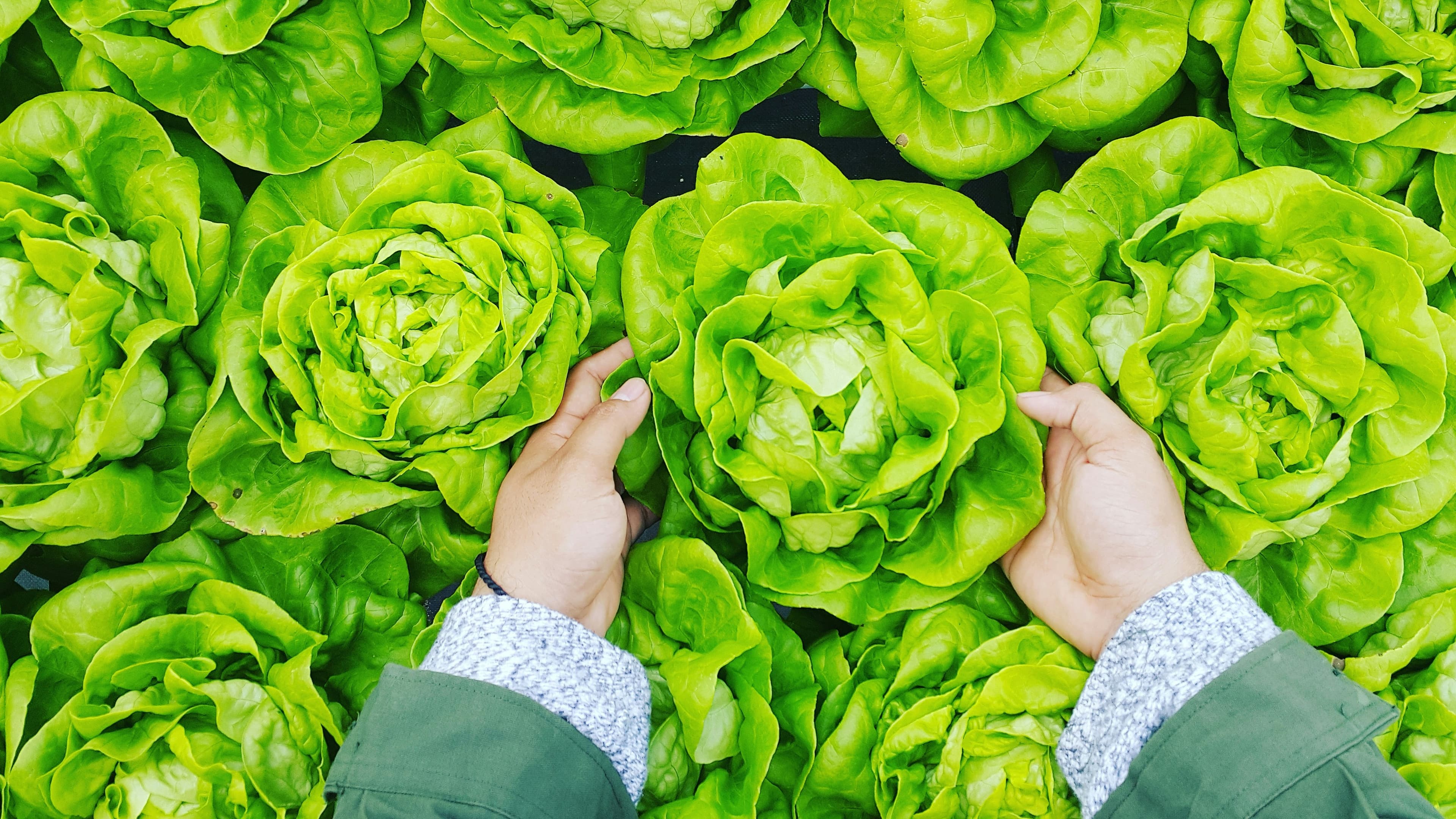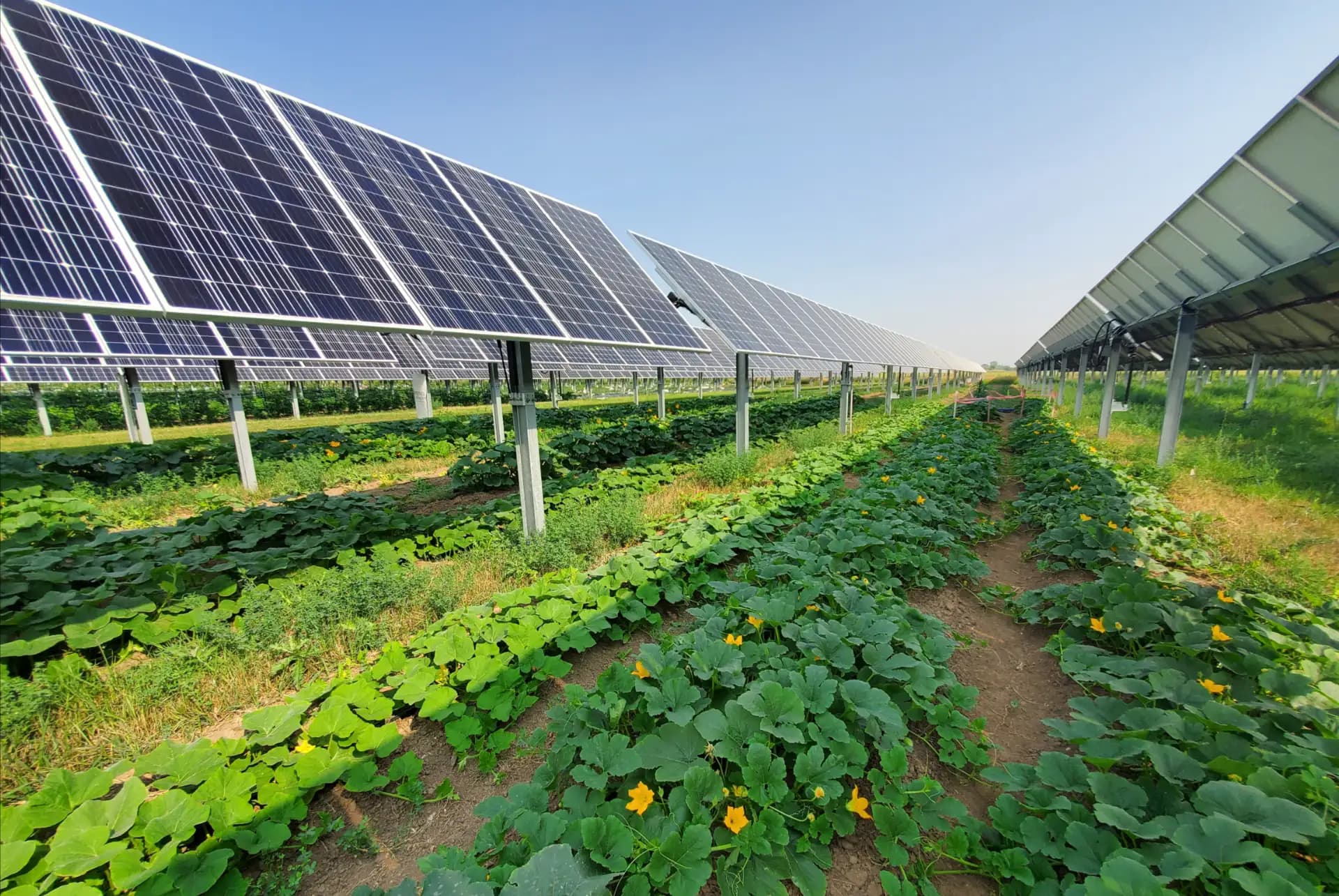Exploring the Balance: Solar Sharing, the Light Saturation Point, and Agrivoltaics
Exploring the intersection of energy and agriculture. How can we use our land efficiently to power the world?
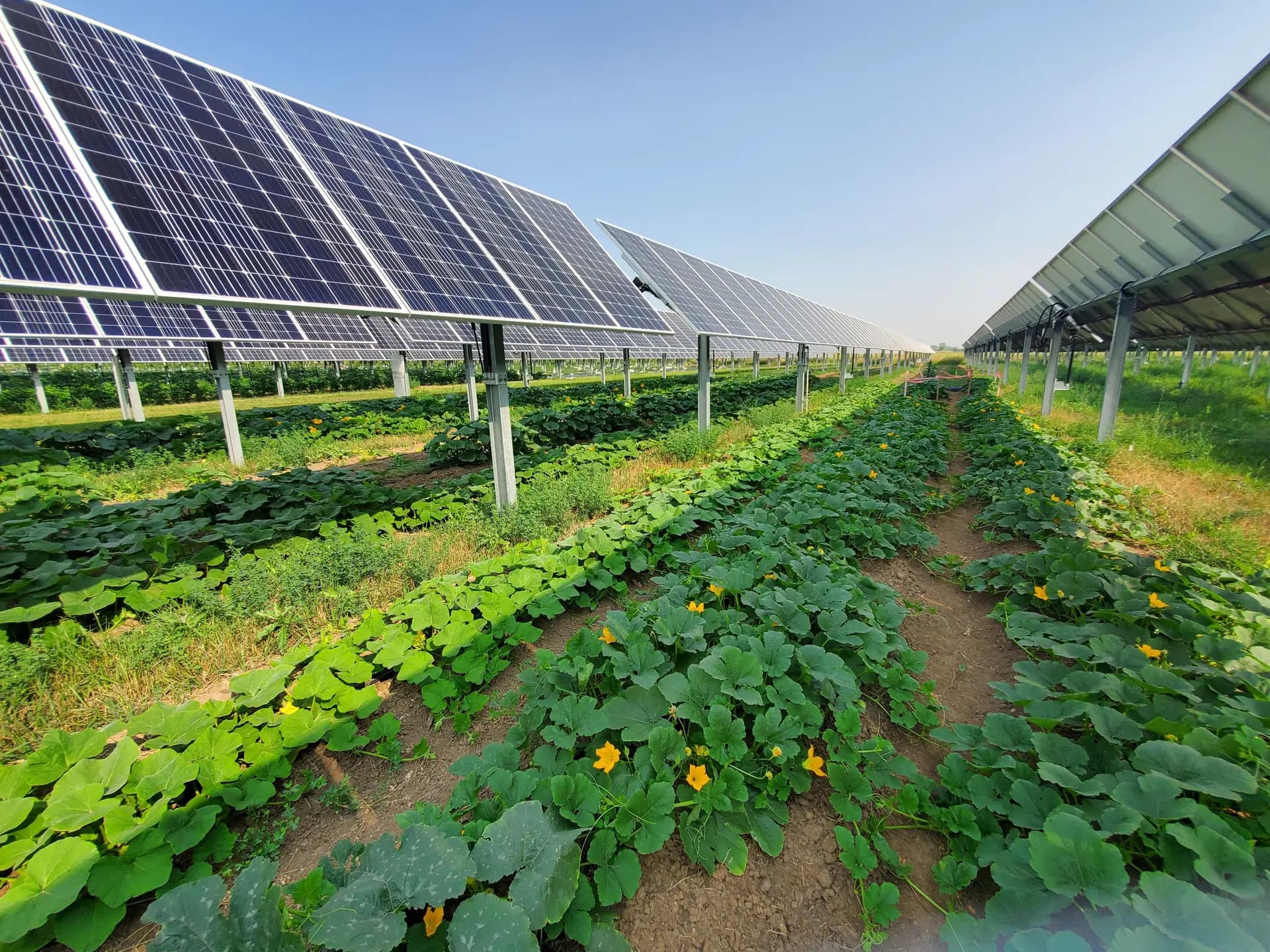
The Light Saturation Point
The light saturation point is the level of light intensity where a plant's rate of photosynthesis no longer increases, even when more light is provided. In other words, the maximum amount of light a plant can use effectively. Beyond this point, extra light becomes excessive and can damage plant tissues. Understanding the light saturation point is critical to optimize plant growth, nutritional quality and yields for agricultural and horticultural operations.
The "Solar Sharing" Eureka Moment
In 2004, Akira Nagashima, a retired agricultural machinery engineer discovered the light saturation point while studying biology. This new information spurred Nagashima to evaluate the combination of photovoltaics (PV) systems and farming. Nagashima explored this concept at a system level, testing several configurations that evaluated various levels of shading while allowing machinery to interoperate. Using pergola-like structures he identified an ideal shading percent of 32% to optimize crop growth while integrating solar (Movellan). Identifying this factor was key to advancing his dual-use vision, supporting renewable energy development while bolstering farm owners. His work aimed to ensure that solar progress would not come at the cost of losing valuable farmland, a fear shared by himself and many others.
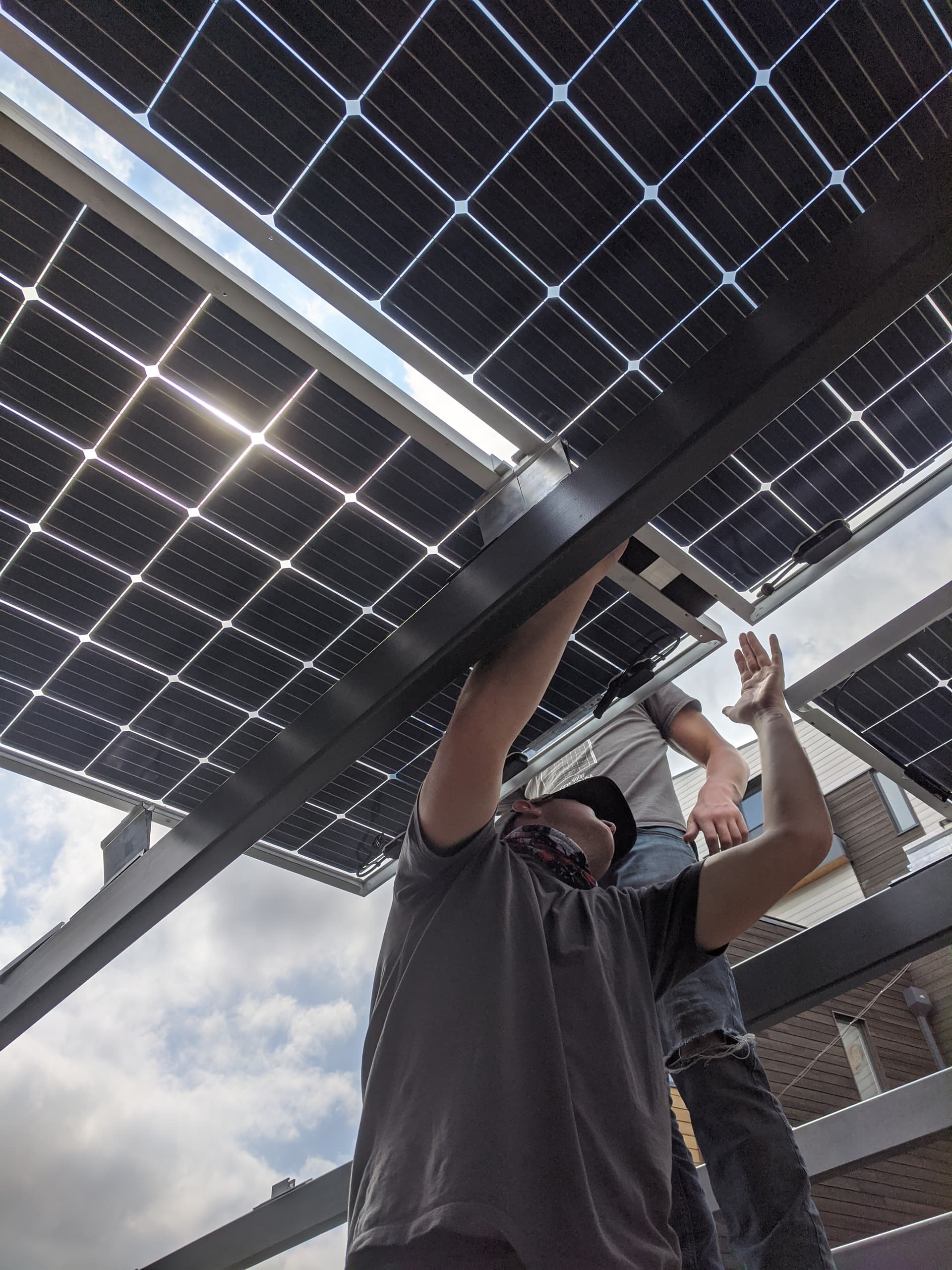
The Implications of Nagashima's Work
Approximately 20 years later we are now visualizing the efforts of his work through agrivoltaics. Synonymous with his discovery of "solar sharing" the world is starting to adopt such agrivoltaic practices. Alongside Japan, the European Union, is a leader in this movement exploring the integration of photovoltaic technologies within agricultural operations. Such innovations include raised canopy arrays for apple orchard production as well as photovoltaics integrated with greenhouse structures. In Japan innovators are exploring shade dynamics with rice and tea crops. With thoughtful planning and a thorough understanding of one's local agricultural economy Nagashima's "solar sharing" concept is driving diversification across the agriculture industry.
Although a few years behind the level of innovation that we see on the international level, the United States has seen increased adoption of agrivoltaics in recent years. Around 2010 universities started to evaluate and explore the feasibility of these practices for the uniquely varied agricultural landscape in the U.S. But before we explore agrivoltaic innovations in the U.S. it is paramount to understand our role in the production of biofuels.
Biofuels vs. Solar Production
Biofuel is a renewable energy source derived from biomass, typically produced from corn and soy. T&E evaluated the impact of biofuel production and the implications that this energy procurement method has on the global climate crisis. By 2030 it is projected that 52 million hectares, approximately the size of France, will be in production of biofuels. Today 32 million hectares are producing biofuels yet only powering 4% of the world's transport fuel demand. But here's the real kicker, biofuels produce 16% more CO2 emissions when compared to fossil fuels. Additionally if we covered only 3% of this land with solar panels the same amount of energy would be produced (”Crop30”). So why aren't we doing so? Simply put agrivoltaic requires significant adjustments to either the agricultural or PV system, to date farmers have been the ones to adjust; the exact fear of Nagashima.
Agrivoltaics in the U.S.
Nagashima was not limited in his vision of solar sharing, suggesting this concept for ranches in the U.S. Claiming to reduce the need for irrigation through increased soil moisture. Additionally the cattle can benefit from resting in the shade provided by the structure. This concept has been proved across the states with many developers utilizing sheep as operations and maintenance workers on large scale solar facilities. The concept continues to be proven for much more than just sheep grazing. At Sandbox Solar, the parent company of Spade Agrivoltaics, we have explored agrivoltaics in numerous applications. In 2018 our collaboration with CSU began, kicking off a long list of successful agrivoltaic developments. We have installed arrays for agronomic production of corn, vineyard applications, and ecological preservation to name a few.
Nagashima's vision reminds us that with thoughtful design, solar and agriculture do not have to compete, rather they can coexist. Reach out to us at Spade Agrivoltaics to help you create a meaningful project that creates a sustainable future for both farmers and the planet.
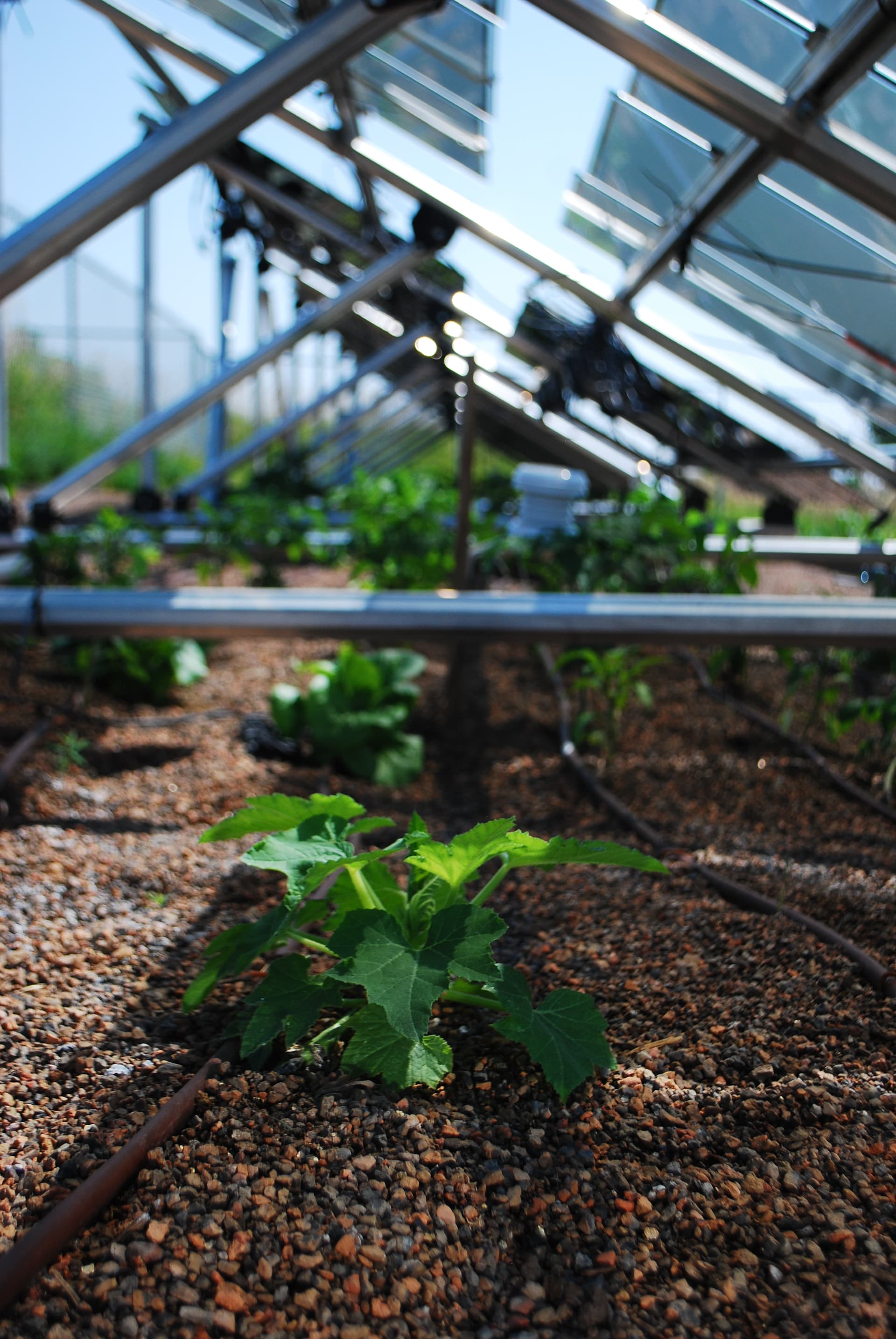
Citations:
Movellan, Junko. "Japan Next-Generation Farmers Cultivate Crops and Solar Energy." Renewable Energy World, 10 Oct. 2013, www.renewableenergyworld.com/solar/japan-next-generation-farmers-cultivate-agriculture-and-solar-energy/
"Crop30: Why Burning Food for Land-Hungry Biofuels Is Fueling the Climate Crisis." Transport & Environment, 9 Oct. 2025, www.transportenvironment.org/articles/crop30-why-burning-food-for-land-hungry-biofuels-is-fueling-the-climate-crisis
Article by Jack Donovan
